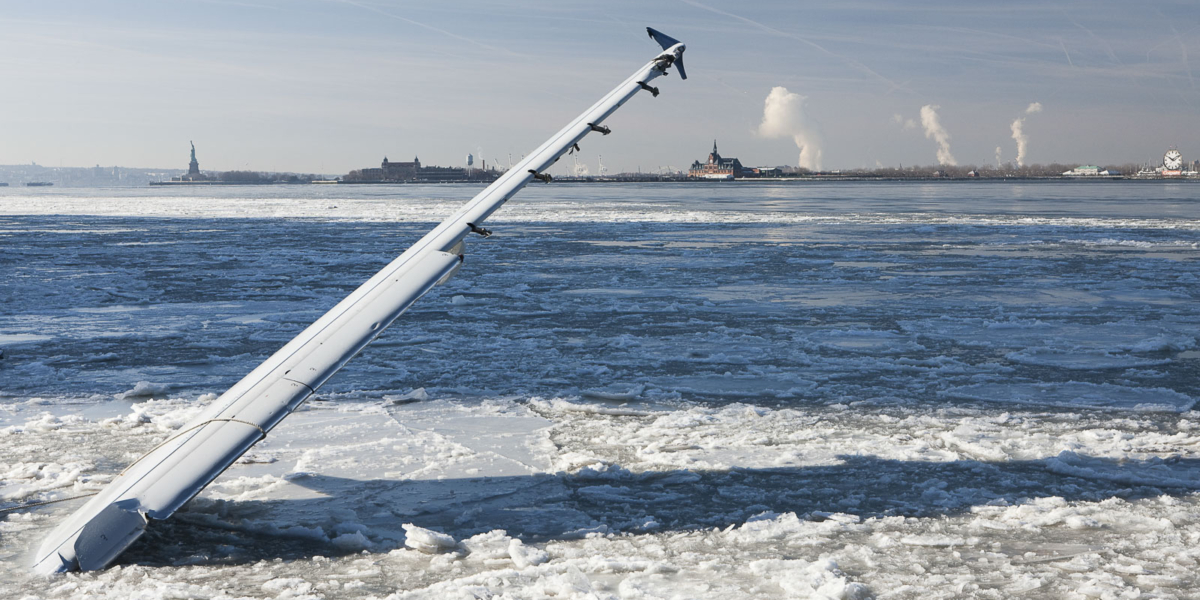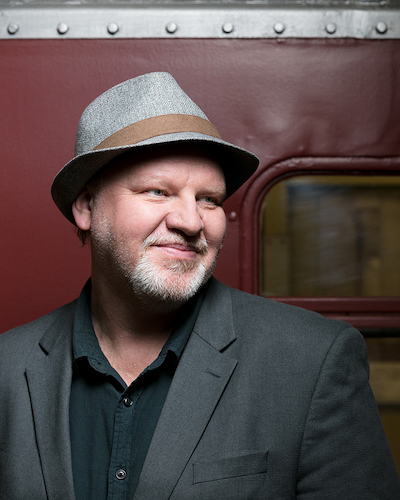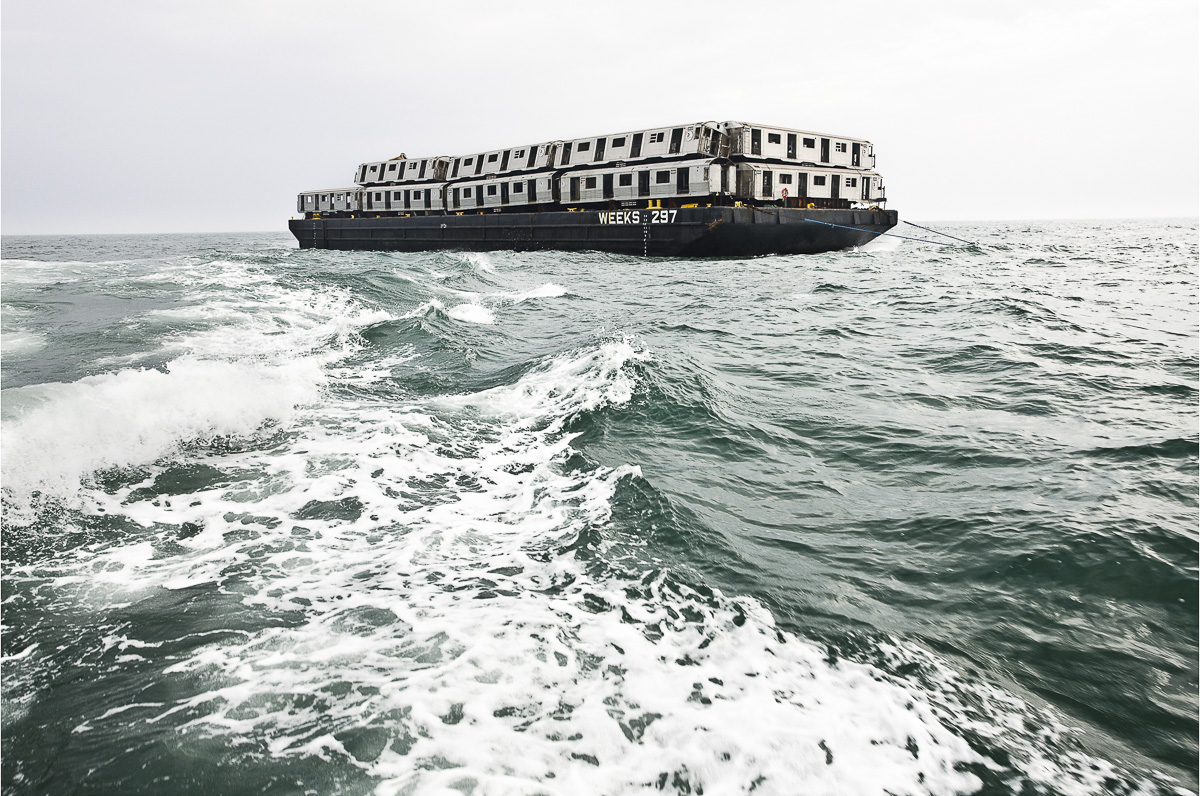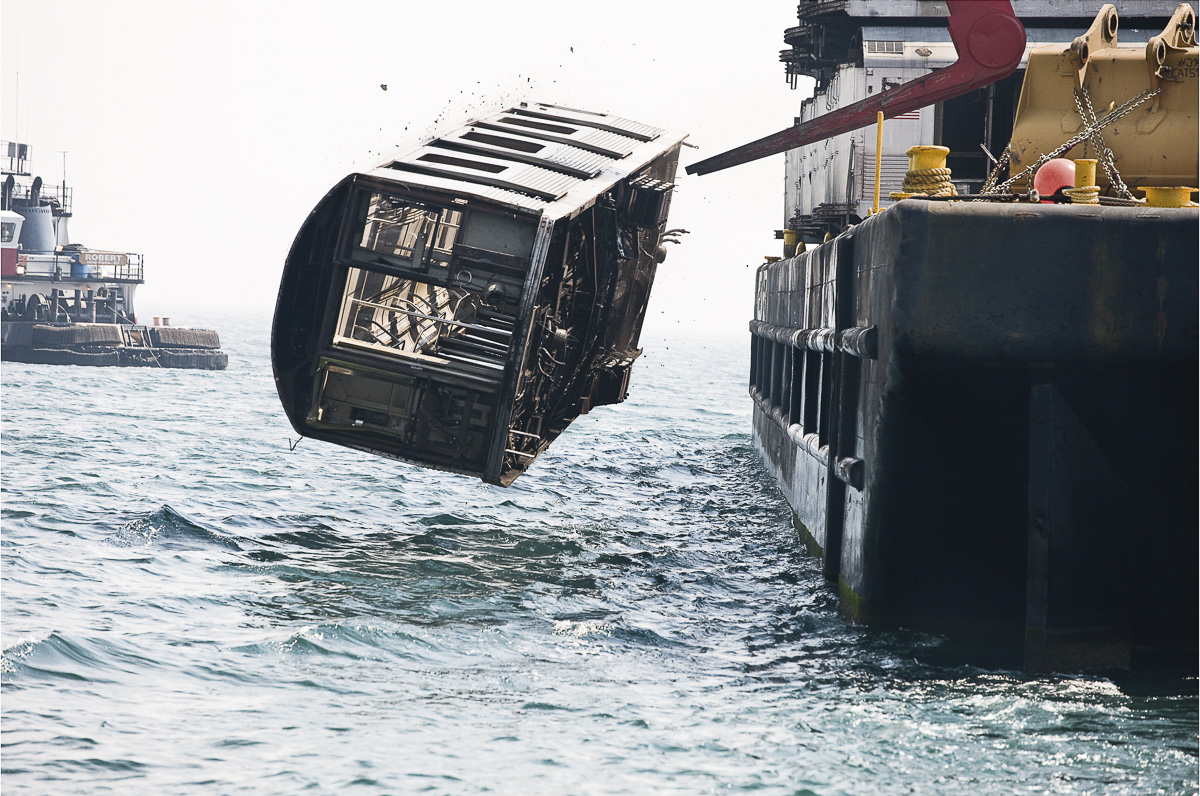
Photographer, filmmaker Stephen Mallon visits PCA&D for Feb. 8 Artist Talk
Monday, January 29th, 2024

Stephen Mallon considers himself a “photographer at heart and a hired gun for filmmaking” … but that hasn’t stopped him from making a name for himself at the highest levels in both disciplines.
He’s turned his lenses to recording the “industrial-scale creations” that surround us much of the time, but instead of focusing on those creations at the peak of their power, he often records them in various states of decline, of disuse, of being transformed into something new. And there sometimes is a human element present as well, — or, perhaps, just the abstracted bulk of a human-created machine or structure as it enters a new phase.
Mallon will be the guest of Pennsylvania College of Art & Design on Thursday, Feb. 8, joining us for an Artist Talk in the Atrium from 12:45 to 1:45 pm. All are invited and welcome to attend the event. Blurring the line between documentary and fine art, his bio reads, Mallon’s work has been featured in publications such as The New York Times, National Geographic, The Wall Street Journal, Smithsonian Magazine, The Atlantic, The Times of London, and Vanity Fair. His exhibitions have ranged from Miami, Los Angeles, Philadelphia, St. Louis, and New York, to England, Italy, and the Czech Republic.
His projects often require months — even years — of production. A short film about the transportation and installation of a new bridge was created from more than 30,000 still images and the resulting film, A Bridge Delivered, was screened in five film festivals in the U.S. and abroad. Some of his best-known projects, in addition to A Bridge Delivered, include Brace for Impact: The Salvage of Flight 1549, a series of photos recording the salvaging of a passenger aircraft which was landed on the Hudson River by Capt. Chelsey “Sully” Sullenberger; Next Stop Atlantic, which documented the disposal of New York subway trains at sea to form artificial reefs; and Behind the Curtain, a New York Times Magazine time-lapse movie commission that documents two days behind the scenes at the Metropolitan Opera.
The subject of your work often is large in scale, but there still seems to be a human element to it — a reminder that people often live and work amongst the machinery. Is that deliberate?

“Weeks 297”, by Stephen Mallon.
SM: Begging, pleading, good ladders, lenses that fit through holes in the fence, and finding safe places to shoot from!
SM: The release of the Canon 5d MKII with its full-frame video capability coupled with the spread of online news sources made me realize I needed to learn how to work in motion. When Weeks Marine called and told me they were moving the new Willis Avenue bridge in a couple of weeks, I asked if it would be OK to shoot a time-lapse film of the project. No charge because I wasn’t sure if it was going to work. Ended up in six film festivals !
SM: I am a photographer at heart and a hired gun for filmmaking. I am working on disciplining myself to capture more motion at some of my shoots so video will be an option for some installation but it is a challenge!
What piece of equipment is an absolutely must-have for you when you’re out on assignment?
SM: My wide-angle lens and a tripod. The Sigma 12-24mm has been my go-to lens for a number of years and I just found a new adapter to keep it on my latest still body of choice, the GFX 100s.
One more piece of gear that has helped me greatly in the past are polarizers and ND filters so I can control how much movement I want in the scene. Which means you’re on a tripod.

“Virginia Placement,” by Stephen Mallon.
